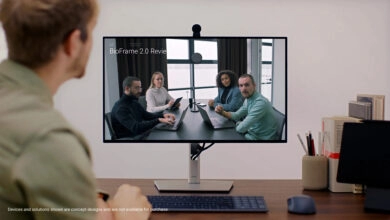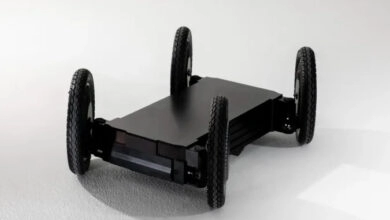Goodbye lockdown, algorithms and big data aim for targeted closures

Improving data collection and new software takes more timely decisions.
In the first months of the pandemic, more than one researcher related air pollution and the number of infections. The Crisis Unit and the CSI Piemonte have also considered the hypothesis that poisonous air contributes to multiplying the spread of the virus. For a year now, it consortium technicians have been working to refine the data collection and analysis software needed to keep the health emergency at bay. A key effort to help make the most complicated decisions, such as closing schools or reopening stores. The challenge against Covid is won (also) with algorithms. The one that crosses the data of deaths and PM10 is just one of the prototypes available to the Region to give up generalized lockdowns once and for all.
“One of the very serious problems we face is the lack of information systems. They are often not integrated, it is not easy to upload and transmit data.” Paolo Vineis denounced it. The epidemiologist from Imperial College London, who joined the task force from the Region, highlighted the need to find a solution. Without timely information, politics is making decisions like in Plato’s cave, looking at the shadows and not knowing what’s going on outside,” he told Presa Diretta.
It is not enough to know in which province the virus has killed the most. To stop it, it is mandatory to understand how it spreads in the various age groups and categories. Study who the infected are, where they work or study, to intervene in a more timely way. Vineis was clear on this: “The risk is twofold. Simply apply the precautionary principle and implement a strategy of yo-yo, of closures and alternating openings, which obliges you to pay high costs of lives and for the economy. To escape this vicious circle, the CSI has decided to make the Covid Platform, the portal that collects and organizes pandemic data, more and more performing. In addition to the dashboard that, also chromaticly, monitors the beds in the various Asl, an application has been created to observe daily the infections and deaths by age group with one click. A nice help for those experts called to guide the choices of politics. There are also prototypes at their disposal. One, for example, analyzes the trend of infections and deaths by crossing municipal data related to income, mobility (use of the private vehicle), the environment, the population. Another, on the other hand, studies the spread of positive cases in relation to the opening of the different types of economic activities, allowing to verify the results of the closures ordered by the dpcm (or red zones).
With technology, you can try to take the virus on the back. Perhaps taking advantage of GeoCovid, the tool that displays positive cases per block and helps to understand the effects of the decree that prohibited walks longer than 200 meters. But not only that. Using cartographic software, you can also hunt down outbreaks of infection. ‘These tools do not replace the advice of experts and epidemiologists. They serve to help them in their work,” they explain from CSI. In short, algorithms are no more important than a truly functioning tracking campaign. Big data is a good ally. For example, a tool has been developed, based on machine learning techniques, to identify, through the data of health flows, which types of patients are at risk of aggravation and dying from Covid. The clinical stories of patients who ended up in intensive care have been reconstructed, and then crossed. Hope? Analyzing 90 million clinical events and 3 million patients, the aim is to have a tool capable of producing predictive analysis.




